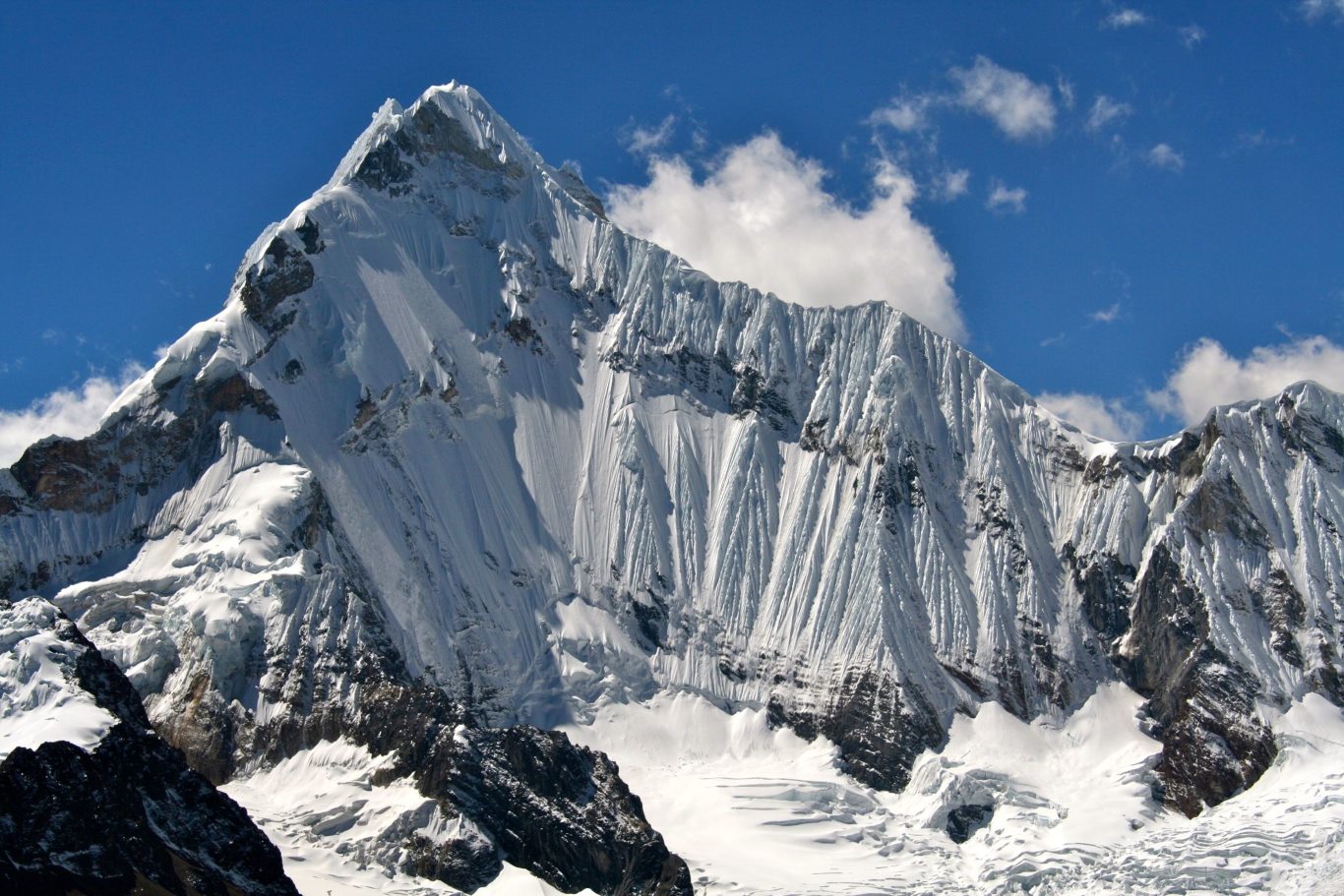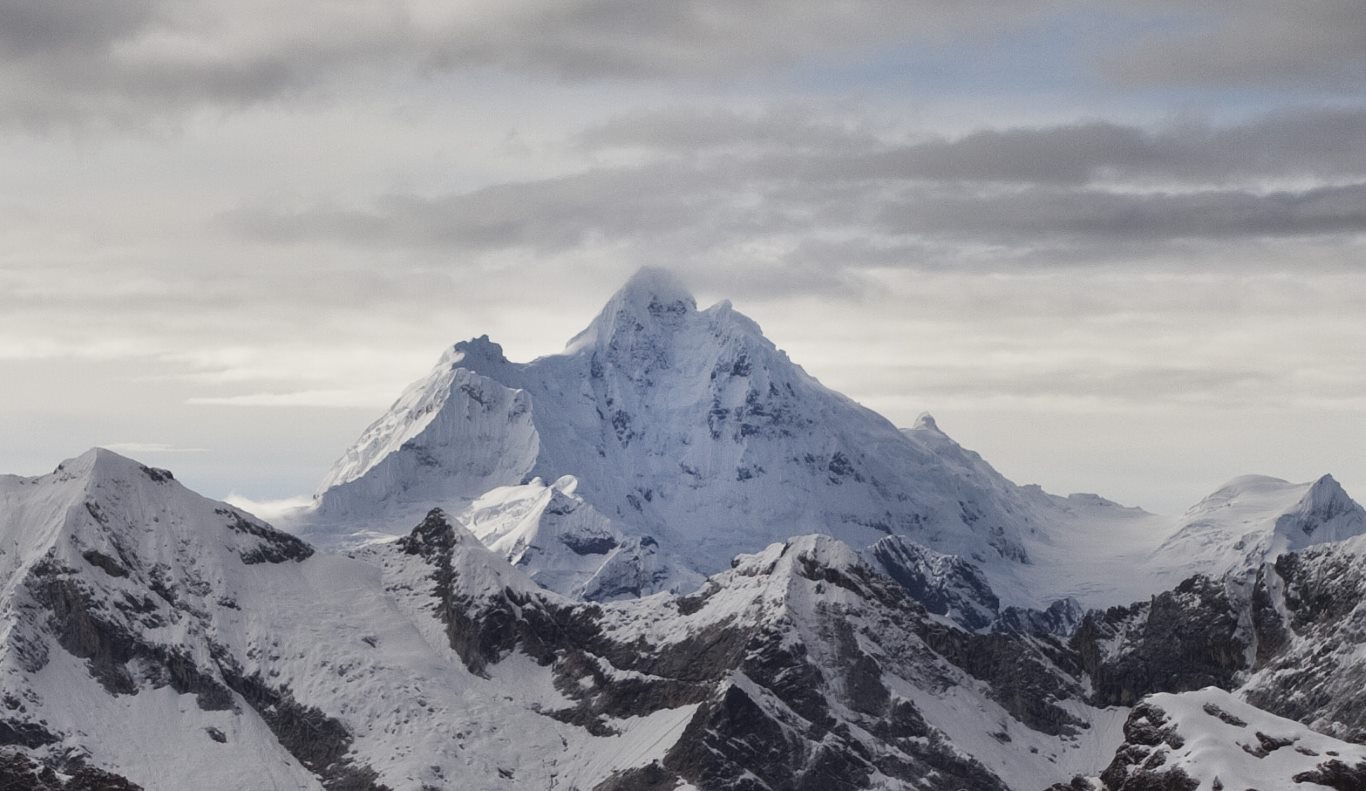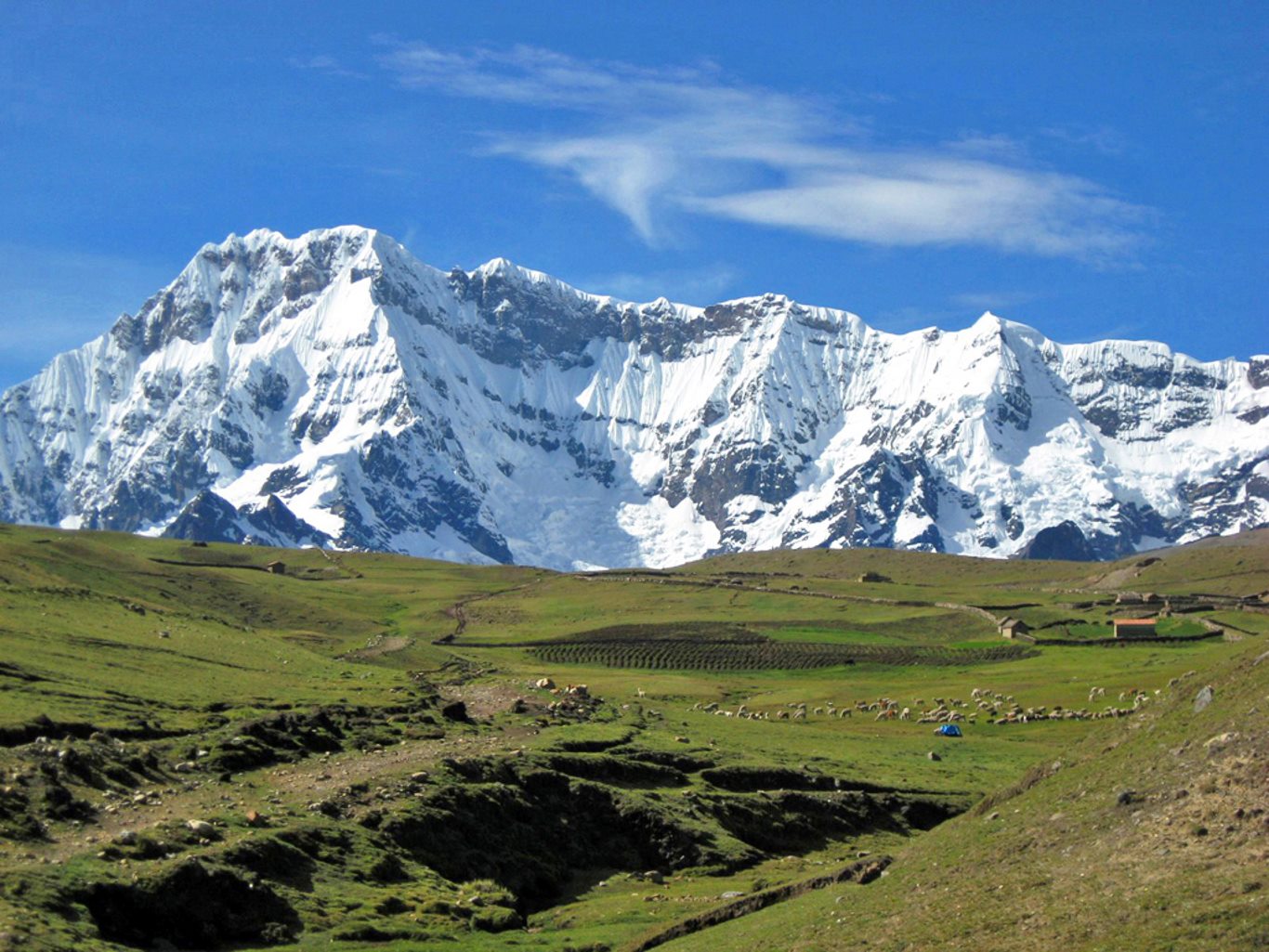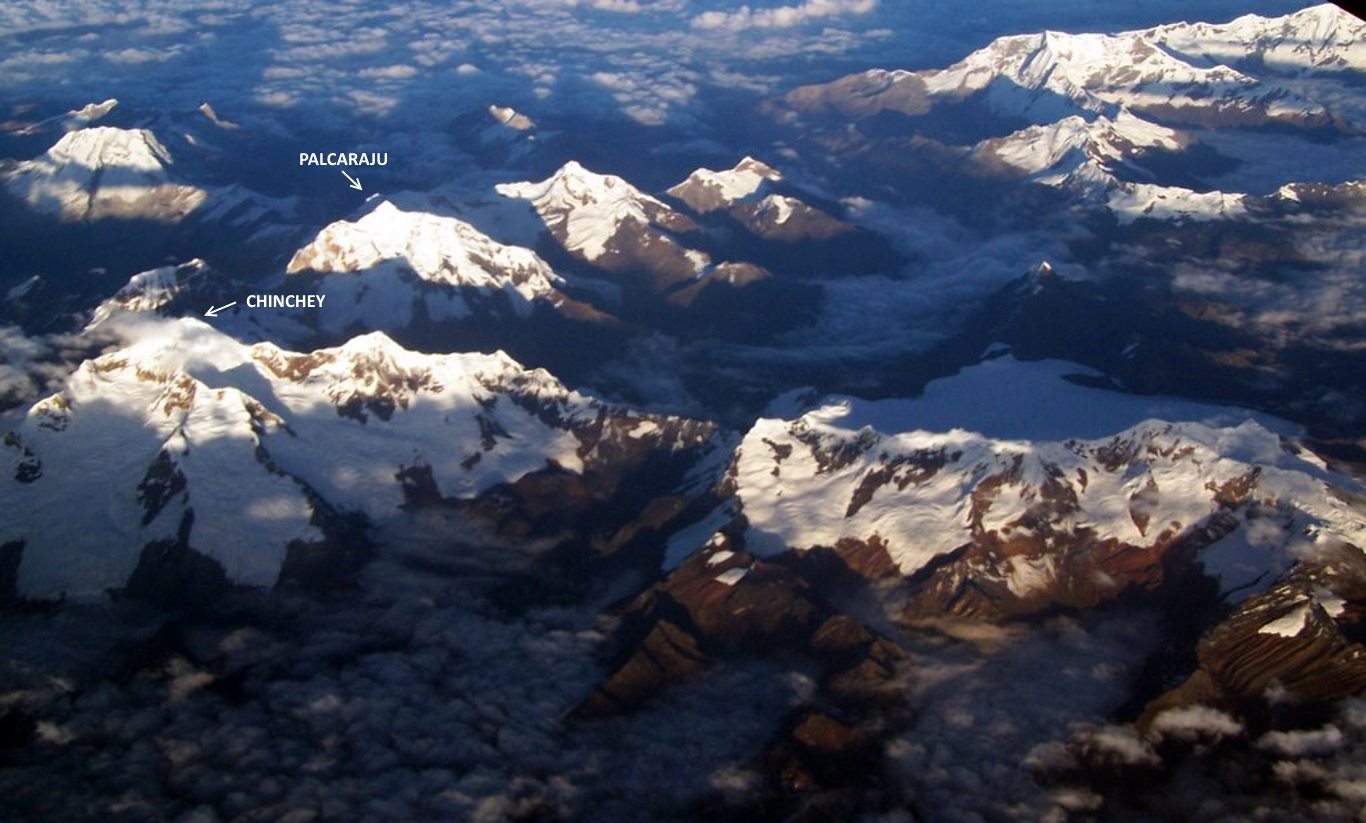The Andes Mountains form the longest continental mountain range in the world, stretching some 4,300 miles (7,000 km) from north to south along the western edge of South America. The range runs all the way from Venezuela down to southern Chile and Argentina, with about 1,100 miles contained within Peru.
Mount Aconcagua in Argentina is the southern hemisphere’s highest mountain, and the highest mountain in the world outside Asia. It rises up in the Mendoza Province, to a height of 22,837 feet (6,960.8 m) above sea level.
The highest mountains in Peru are no mere molehills either. The country has 12 or so mountains above 20,000 feet (roughly 6,000 meters), and most are famous for more than just their height. Among Peru’s tallest mountains are sacred peaks and dormant stratovolcanoes, some with their own unique tales of sacrificial mummies and near-fatal climbs…












Wow, Peru’s mountains are breathtaking! The Andes offer some of the most stunning landscapes.
Wow, such lovely pictures you have posted. I really appreciate your post. Peru is a photographer’s heaven. As a nature lover, I have a plan for a trip and booked Llanganuco Mountain Lodge for staying. This week I will go to Peru and hope my trip will be successful.
Good information about the Peruvian Peaks. you can add Alpamayo peak concidered the most beautiful in the world
Great photos and text! Love it.
I am from Stockholm, Sweden, also live in Lima.
Just returned myt hometown Stockholm after four wonderful summer months in Peru.
Thanks Stephan!
Great post! Love the photos.